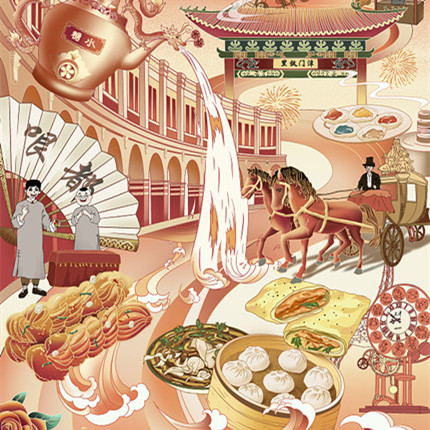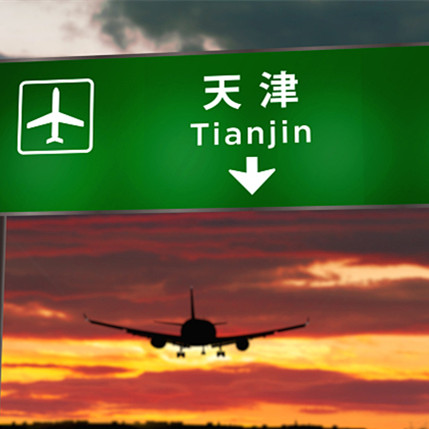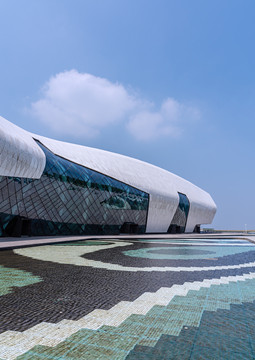Tianjin Updates
2025-11-14
Nankai University scholar publishes long-lost Latin translation of Tao Te Ching
A Latin translation of the Tao Te Ching, forgotten in the British Library for more than 300 years, has been rediscovered and published through the efforts of Misha Tadd, a scholar at Nankai University in Tianjin.
read more- Taiwan students visit historical sites in Tianjin for exchange program
- Tianjin and Austria strengthen cooperation
- Azerbaijani youth has a passion for Chinese language and culture

Copyright ©? Tianjin Municipal Government.
All rights reserved. Presented by China Daily.
京ICP備13028878號-35









 Why Tianjin
Why Tianjin Investment Guide
Investment Guide Industry
Industry Industrial Parks
Industrial Parks





 Health
Health Visas
Visas Education
Education Sports and recreation
Sports and recreation Adoption
Adoption Marriage
Marriage



